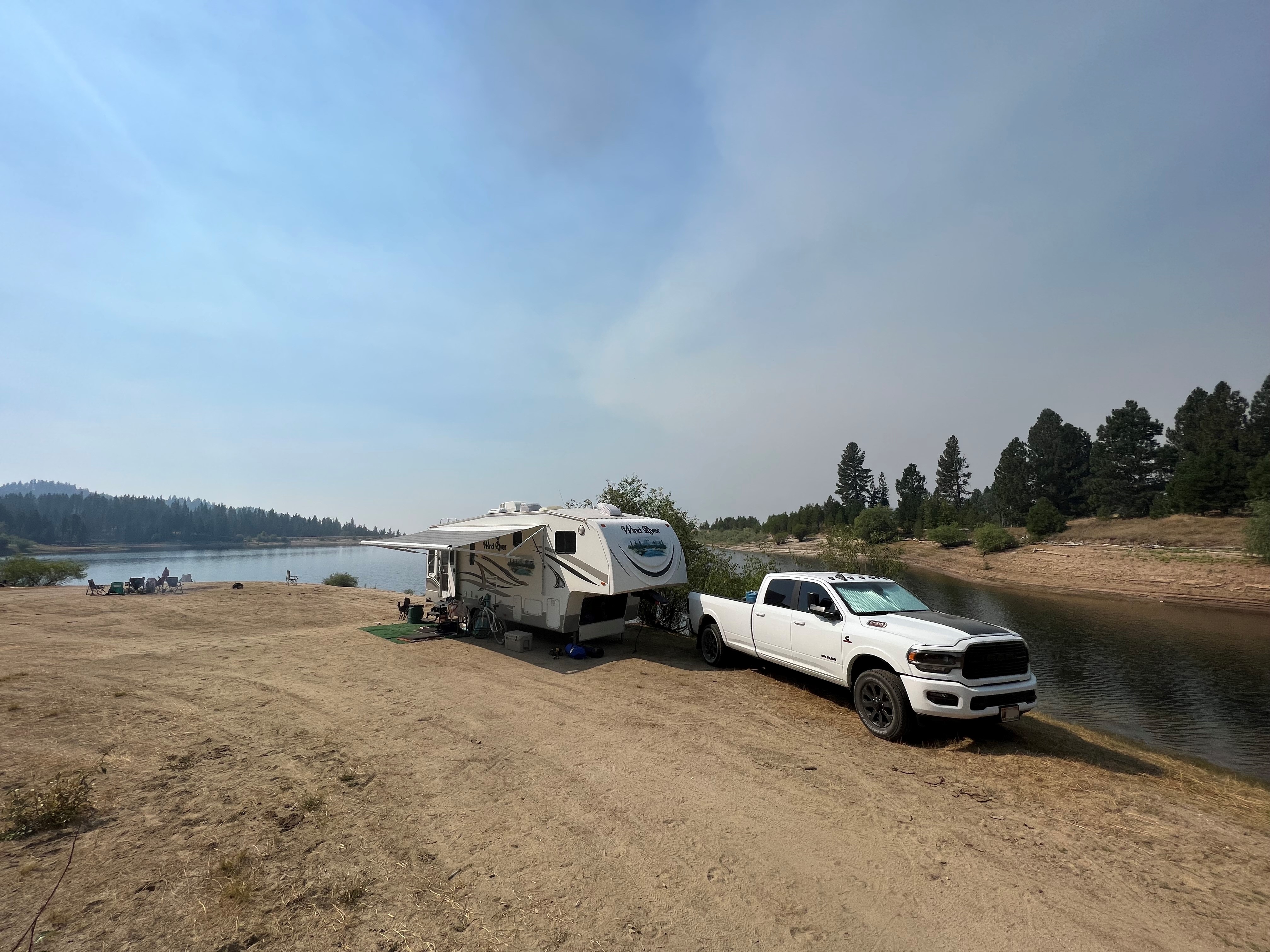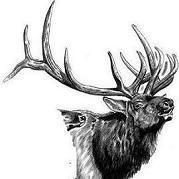
Everything posted by AH64ID
-
Oil Pressure Running High
Pressure transducers have to have more than 1 wire. Pressure switches can have 1 wire thou. It’s a well known change from 02+, and even some earlier models have software upgrades that treat the transducer as a switch.
-
Oil Pressure Running High
02’s (and anything after) don’t have pressure transducers, just pressure switches. The dash gauge is 100% fake.
-
Egt’s
I would expect the EGT different from the large rpm difference. It takes a bit more fuel to spin the motors at 2500 vs 2000. I would not say he’s flowing a lot more fuel for sure though. 25.4% engine load at 2000 rpms is quite a bit less than 23.4% at 2500 rpms... even with bigger injectors. Injector flow increase isn’t linear across the fuel flow range, so at cruise fuel flow the 7x.014 injectors won’t be flowing too much more than the 7x0.010, but they will be flowing some more. We do know that at 25% engine load there is 25% more fuel being injected at 2500 rpms vs 2000 rpms. So we have to wonder if the 7x0.014’s flow 25% more fuel at 25% engine load or not. I would guess that’s the most extra fuel they flow at that load. When you consider the extra drag of larger tires vs the internal drag of the engine I’m quite surprised at how close the fuel flow seems to be.
-
Oil Pressure Running High
Thats in the filter head? Seems about right. How old was the oil you changed?
-
Oil Pressure Running High
Pretty sure he asked about the drain plug.
-
So many tow mirrors to choose from.
- Oil Pressure Running High
You’re saying that as the temp increases so does the pressure?- Oil Pressure Running High
Still need to know what the warm pressures are. Still not seeing how a filter can increase pressure after the filter. Not sure it’s physically possible.- Oil Pressure Running High
That would more than likely be from old, thick oil rather than filter issues as the OE sender is post filter.- Oil Pressure Running High
IIRC all the sensors are post filter.- Oil Pressure Running High
Interesting. 10/30 is in every Cummins manual I’ve read. Over 70 cold doesn’t alarm me. I’d see 80+ cold on my 05, and that was in the cam journal that reads a few psi lower than in the filter head. What does it read warm? By warm I mean several miles/minuets longer than the thermostat opening. Probably 10 miles in 30° weather and 3 miles in 75° weather.- Oil Pressure Running High
What is high? At what oil temp? Where are the sensors located? Based on my experience with a mechanical oil psi gauge the pressure regulator only comes into play with cold oil. @Mopar1973Man where are those specs you posted from? They don’t match anything I’ve seen for ISB oil pressures. Everything I’ve ever seen is similar to the numbers you originally posted. 10 at idle, and 30 at rated rpm. That's looking at several different ISB and QSB Cummins manuals.- Compound turbo question
Yes the exhaust would go to the HX (or HY) and then to the Super B Special. Using the stock turbo in twins usually has the WG open around stock levels, or lower, so that the exhaust pressure stays decent. It does often take WG porting, to increase flow around the turbine. The benefit to using the Super B Special as the primary is you get to use a smaller secondary, so you have stock (or faster) response and you get the upper end performance of the Super B Special without the lag they are known for. It makes for great towing and mild street power, but the turbos are too small for racing or bigger hp applications. These turbos would really shine towing at higher elevations.- Compound turbo question
A stock turbo would work really well with a Super B Special for towing twins. You'd probably have to do some wastegate porting as well, but it would be fun in town and great with a trailer.- Egt’s
My initial thoughts are that the quad is reading high. The autometer temps sound much more realistic.- Compound turbo question
BD sells a set of towing twins with the Super B Special as the primary turbo, but the secondary turbo is smaller than a HX 40 for quicker response. What are you goals and uses?- Egt’s
How do they read in the morning before you start it?- Good idea or not...manual override for fan
Sounds like a 190° thermostat. They crack at ~190°, but aren’t full open until 207°. Max allowable, per Cummims, is 225°. 210° is a perfectly acceptable temp and I wouldn’t worry about it. It’s good to let the thermostat go full open.- Good idea or not...manual override for fan
Yes you can program the fan on 3rd and 4th gens with UDC Pro. @015point9 what temp thermostat is in your truck?- Egt’s
Here is a other way to look at it. If higher rpms were more efficient why would anyone use OD at speeds below 65-70? 63 mph should be ~2500 rpms in 4th and ~1900 in 5th for MoparMan. Which gear do you think would yield better mileage. We all can easily say 5th, as the internal drag of the engine is lower and it makes the required power more efficiently. If you run the numbers the same hp is required in either gear, and torque obviously varies based on rpm and gearing... but wheel hp and tq will be the same.- Egt’s
Its a perfect relationship between hp and torque.- Egt’s
Engine load is relative to rpm. So 25% load at 2500 rpms is a higher fuel burn than 25% load at 2000 rpms, or even 30% at 2000 rpms. The ISB has never been touted as higher rpms being more efficient. Simply put, there is more drag internal to the engine which will reduce fuel efficiency. Rpms don’t overcome drag, they never have. Horsepower overcomes drag, and you want to develop that power at as an efficient rpm as possible, which is closer to 2000 than 2500.- So many tow mirrors to choose from.
So far I’m not sold on the 4th gen mirror design over the 3rd gen style. Maybe some more miles will help, but at this point I’d suggest 3rd gen over 4th gen.- Towing...Your Experience Is Appreciated 98.5 24V 2500
It removes the OE actuator for the CAD and gives you a manual lever inside the cab. This way you can put it in Lo range and keep the front axle disconnected, and thus 2 Lo. http://4x4posi-lok.com/app_dodge.html- Towing...Your Experience Is Appreciated 98.5 24V 2500
4wd right? Take a look at a posi-lok, it will let you use 2wd Lo range which should give some additional gearing reduction for the grade. - Oil Pressure Running High




